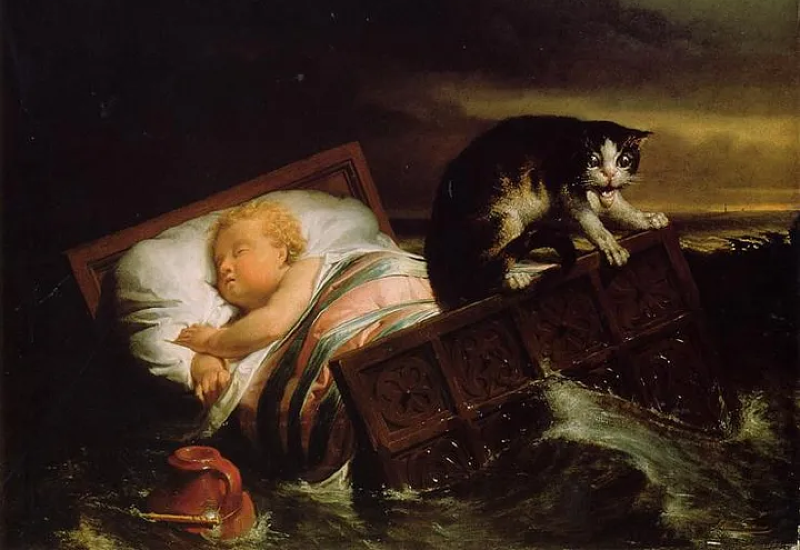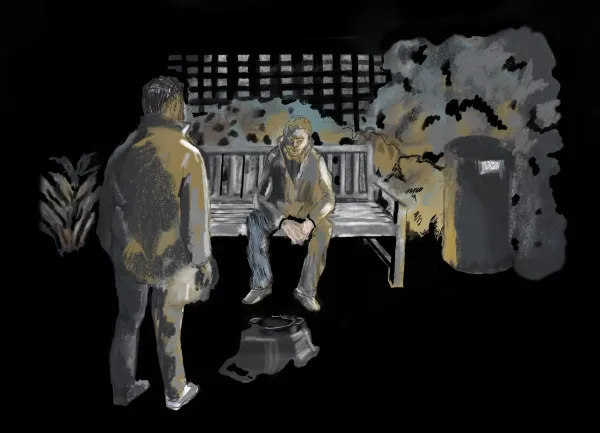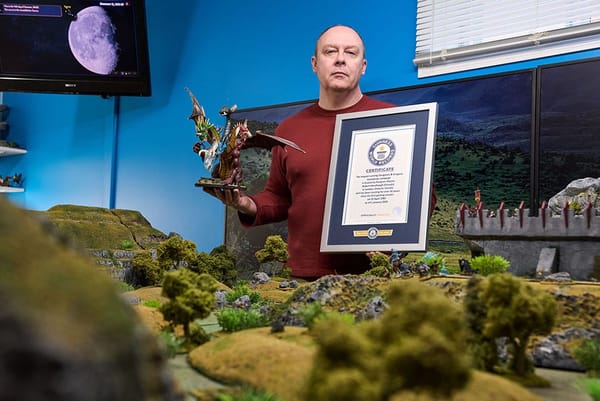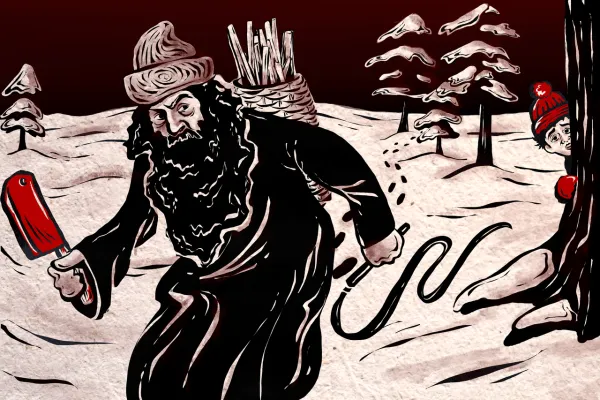Contrary to popular belief pizza isn't an Italian dish

From Eccentric Culinary History: "Prior to World War Two, pizza was barely known in the United States outside of a few Italian enclaves in the Northeast. For all of the praise heaped upon Lombardi’s in New York City, until the war, few people north of Houston Street had heard of it, or the dish it served. From the mid-19th century forward, there were plenty of Italians in America, in places like New York, New Orleans and San Francisco. Most of those early Italian immigrants—around 75,000 before 1880—were from northern Italy, not the South, and the restaurants they built were usually serving multi-course, table d’hôte meals of meat, bread, macaroni, wine and coffee at reasonable prices. The model was Caffe Moretti’s in Manhattan. Established in 1858 by Stefano Morretti, an ex-seminarian from the Veneto, Morretti’s offered diners generous portions and cheap prices. It did not, however, offer pizzas. And the reason you couldn’t order a pizza in Italian restaurants is because pizza isn’t Italian."
During a flood in 1421 that wiped out a Dutch town a cat helped save a baby

From Medium: "In 1421 AD, a flood swept through the Netherlands, an event that submerged 72 villages and claimed the lives of thousands estimates range from 2,000 to as many as 10,000 people. The morning after the flood, the survivors who gathered on the edges of the water were in shock. The landscape had been completely transformed. Homes, fields, and entire villages were gone, swallowed by the sea. As they combed the waters for any sign of life, they noticed something strange: a piece of wood floating among the debris. But that wasn’t the only thing that caught their attention. A cat, agile and determined, was leaping back and forth on the edges of the makeshift raft.At first, they thought the cat might be trying to save itself, struggling to keep the plank afloat amid the churning water. But as they looked closer, they saw something that made them gasp a child, sleeping peacefully on the wooden bed. The cat, jumping from one side to the other, was balancing the plank so that the child wouldn’t slip into the water."
Musician Gram Parsons wanted his ashes at Joshua Tree so his manager stole his body

From Wikipedia: "In the late 1960s, musician Gram Parsons began to vacation at Joshua Tree National Park in southeastern California, where he used psychedelics and said he experienced UFO sightings. He was declared dead on arrival at Yucca Valley Hospital at 12:15 a.m. on September 19, 1973. The official cause of death was an overdose of morphine and alcohol. Although Parsons had said he wanted his body cremated at Joshua Tree and his ashes spread over the formation Cap Rock, Parsons' stepfather organized a private ceremony in New Orleans and left the body in the care of a funeral home. But, to fulfill Parsons' wishes, Kaufman and a friend stole both a hearse and his body and drove it to Joshua Tree. At Cap Rock Parking Lot, they poured gasoline into the open coffin and lit it, creating an enormous fireball. They were arrested and eventually fined $750.00, for stealing the coffin. What remained of Parsons' body was buried in Garden of Memories Cemetery in Metairie, Louisiana."
Hi everyone! Mathew Ingram here. I am able to continue writing this newsletter in part because of your financial help and support, which you can do either through my Patreon or by upgrading your subscription to a monthly contribution. I enjoy gathering all of these links and sharing them with you, but it does take time, and your support makes it possible for me to do that. I also write a weekly newsletter of technology analysis called The Torment Nexus.
No one really knows what happened to the famous English poet Geoffrey Chaucer

From The Guardian: "Why is so little known about the end of Geoffrey Chaucer's life? He wasn't only the most famous English poet of his day but also a civil servant and diplomat of considerable standing. And yet his "accepted" death date – October 25, 1400 – is merely inferred from a June 1400 reference to the payment of a £5 annuity and the inscription on his "tomb" in Westminster Abbey. The central plank of author Terry Jones's theory is the 1399 coup which put Henry IV on the throne and Thomas Arundel back behind it. In fact, from the moment he enters the narrative, it's clear that Arundel's the one wearing the black cloak and riding the black horse. And not just because he's the Archbishop of Canterbury. Henry is the chancer, quickly sinking into leprotic dotage, but Arundel is the Machiavellian macht-politician, willing to use theological debate to ensure total submission. And it's this latter "debate which turned Chaucer's The Canterbury Tales into the (then) longest suicide note in history."
A designer made a dress from 125 million bioluminescent organisms

From Phys.org: "A very special look was presented earlier this week by fashion designer Iris van Herpen at the Paris Haute Couture Week. The garment: a bioluminescent dress, created from 125 million living algae. Biodesigner Chris Bellamy collaborated with researchers Nico Schramma and Mazi Jalaal from the University of Amsterdam to bring this one-of-a-kind look to life. The bioluminescent dress is composed of a gel material that incorporates millions of single-celled bioluminescent algae of the species Pyrocystis lunula, named after their moon-like shape. Among other species, these cells are the reason for Zeevonk—bioluminescent blooms of algae that paint the seaside in a mysterious glow, especially bright where waves break at the shore. In the wild, the bioluminescence of the algae is a result of a defense mechanism that upon mechanical cues—think of disturbances in the water when a predator approaches—causes a bioluminescent light flash. The flash, commonly referred to as the 'burglar alarm' mechanism, serves as a warning signal and can attract predators."

Acknowledgements: I find a lot of these links myself, but I also get some from other newsletters that I rely on as "serendipity engines," such as The Morning News from Rosecrans Baldwin and Andrew Womack, Jodi Ettenberg's Curious About Everything, Dan Lewis's Now I Know, Robert Cottrell and Caroline Crampton's The Browser, Clive Thompson's Linkfest, Noah Brier and Colin Nagy's Why Is This Interesting, Maria Popova's The Marginalian, Sheehan Quirke AKA The Cultural Tutor, the Smithsonian magazine, and JSTOR Daily. If you come across something interesting that you think should be included here, please feel free to email me at mathew @ mathewingram dot com



